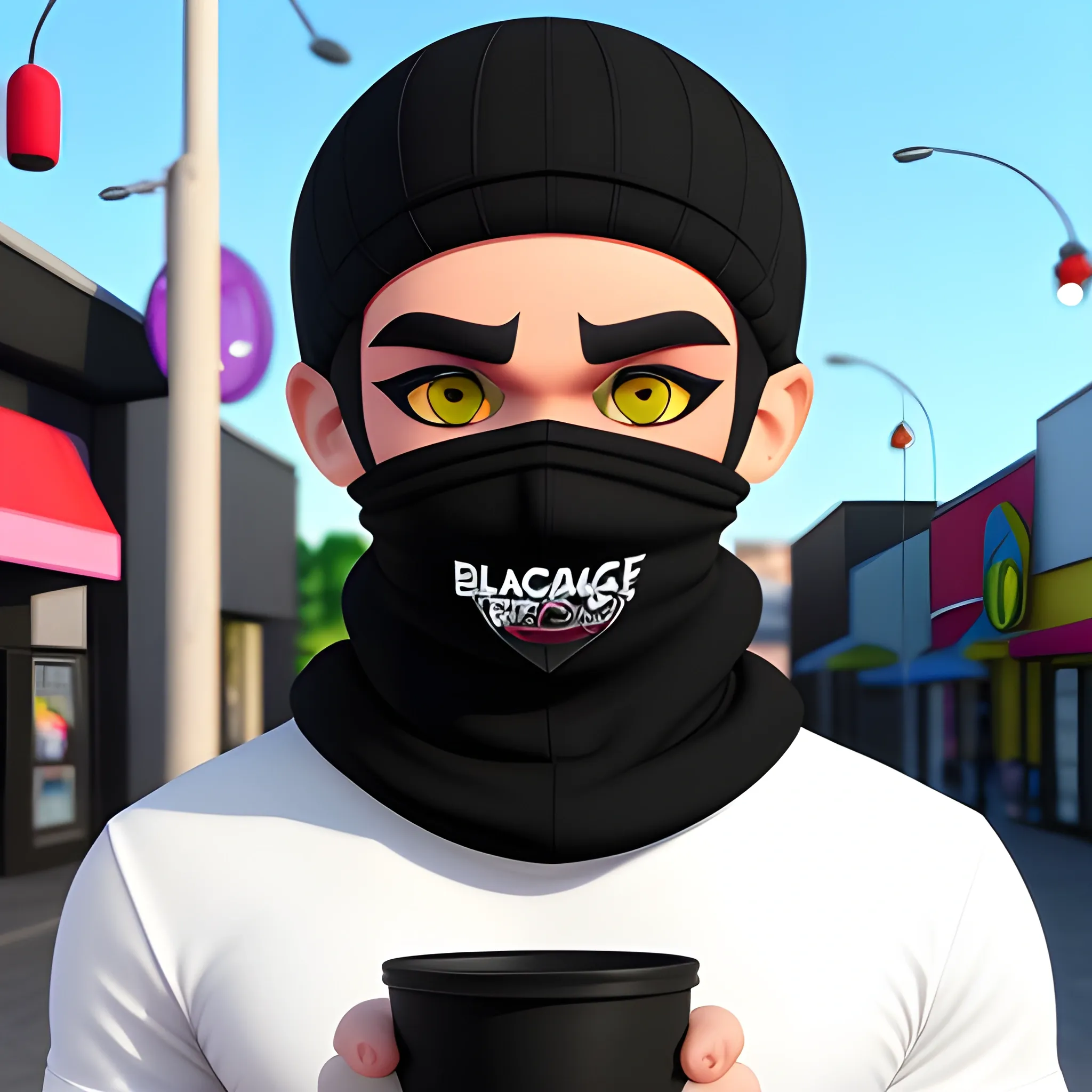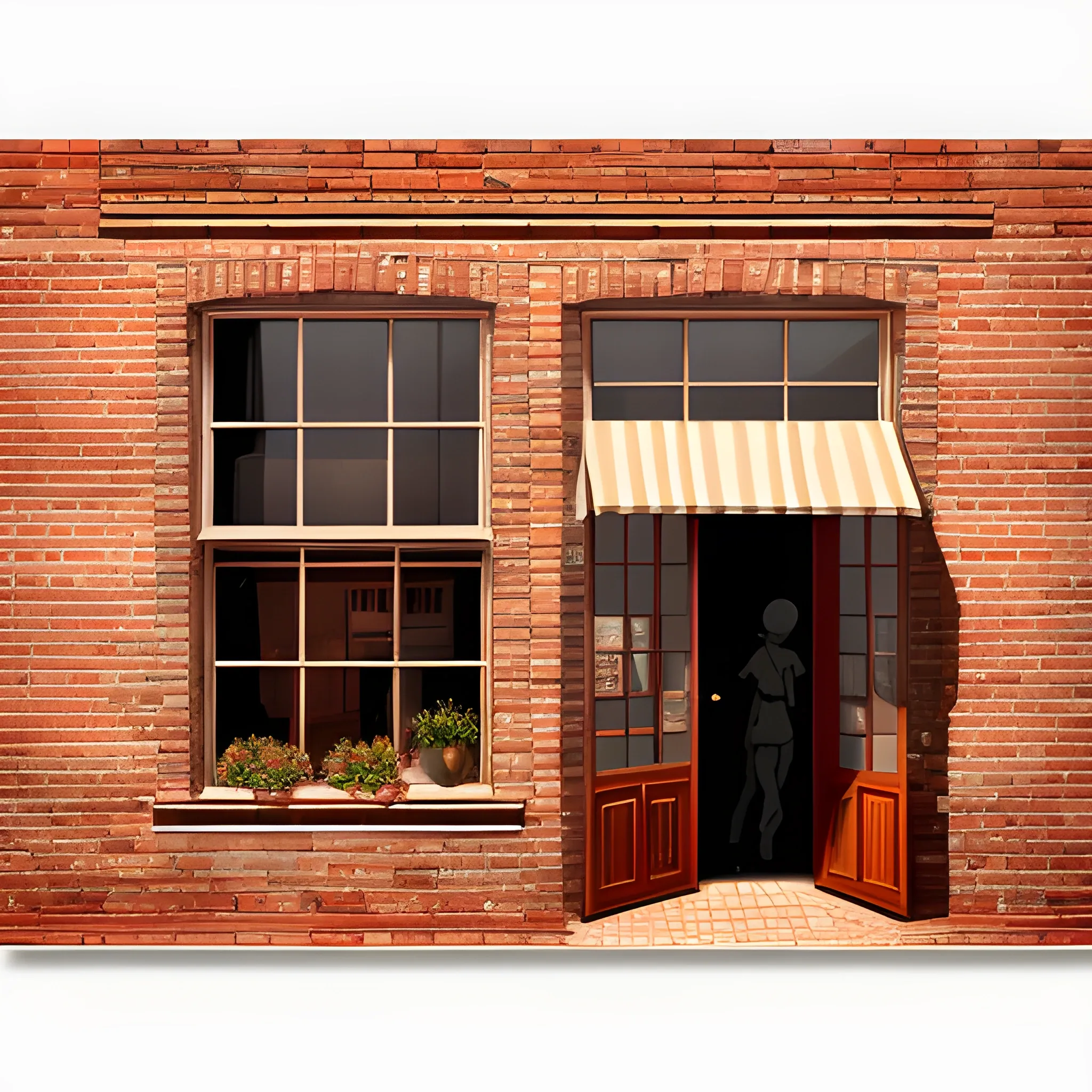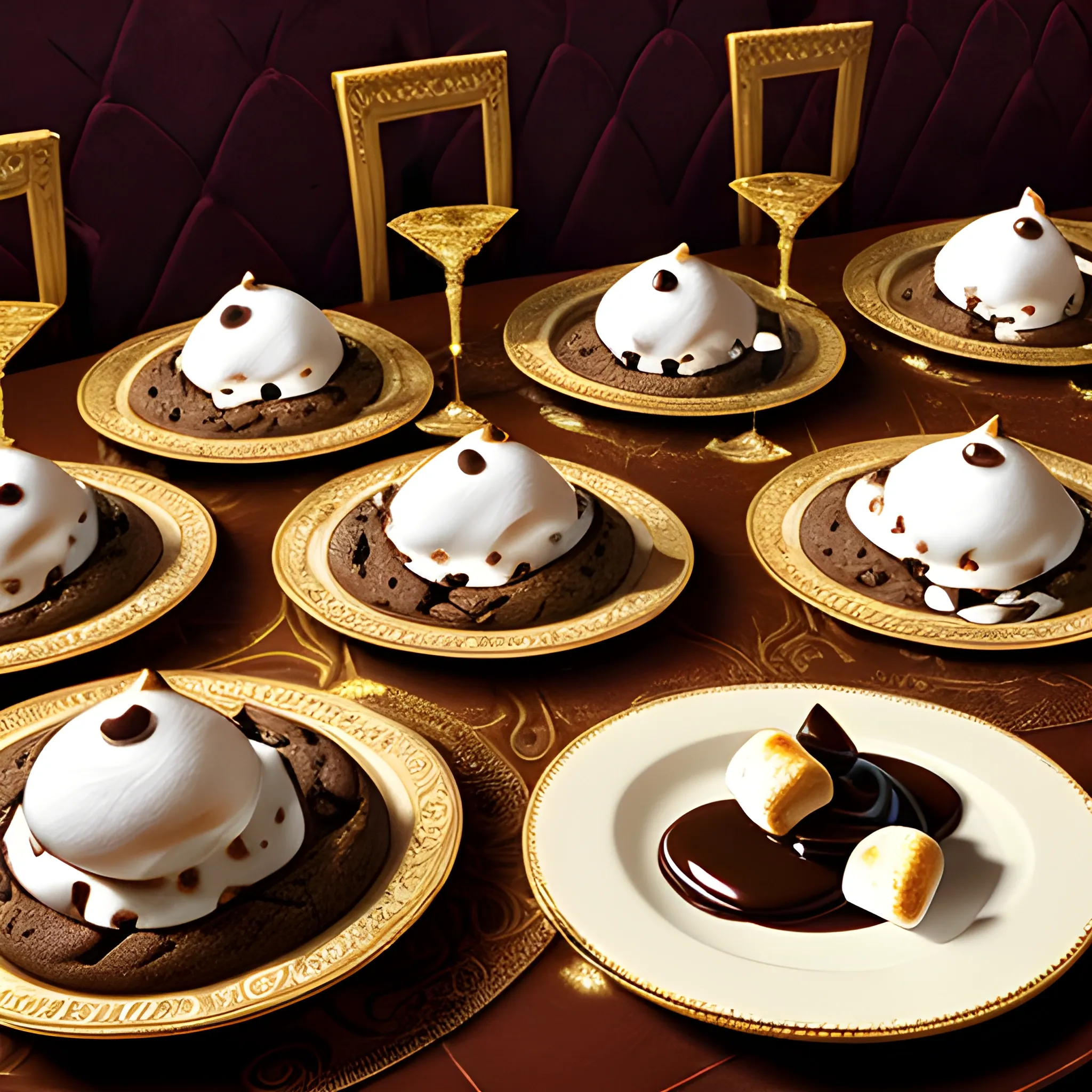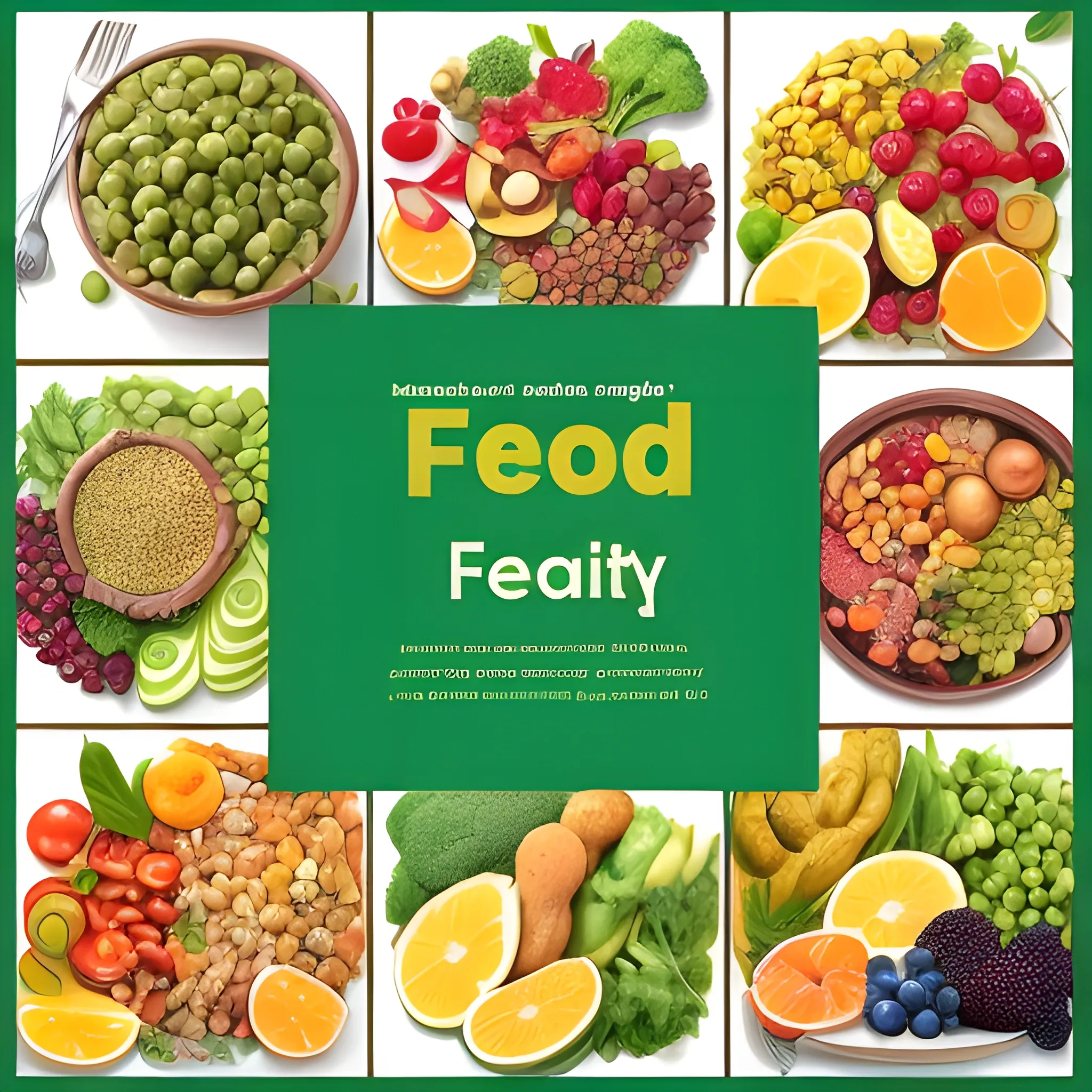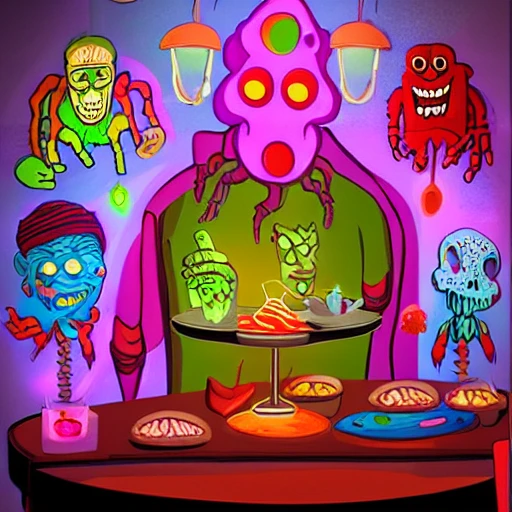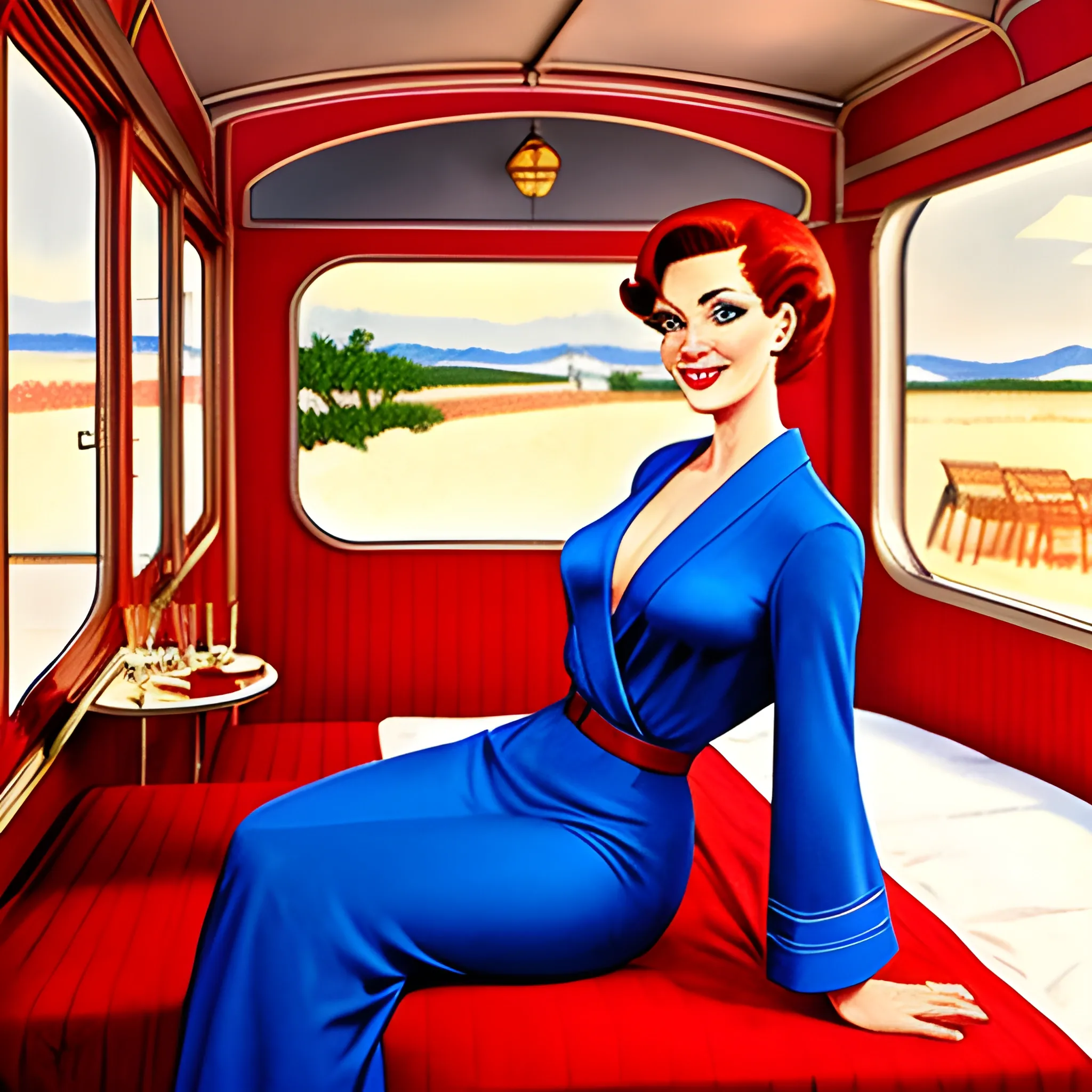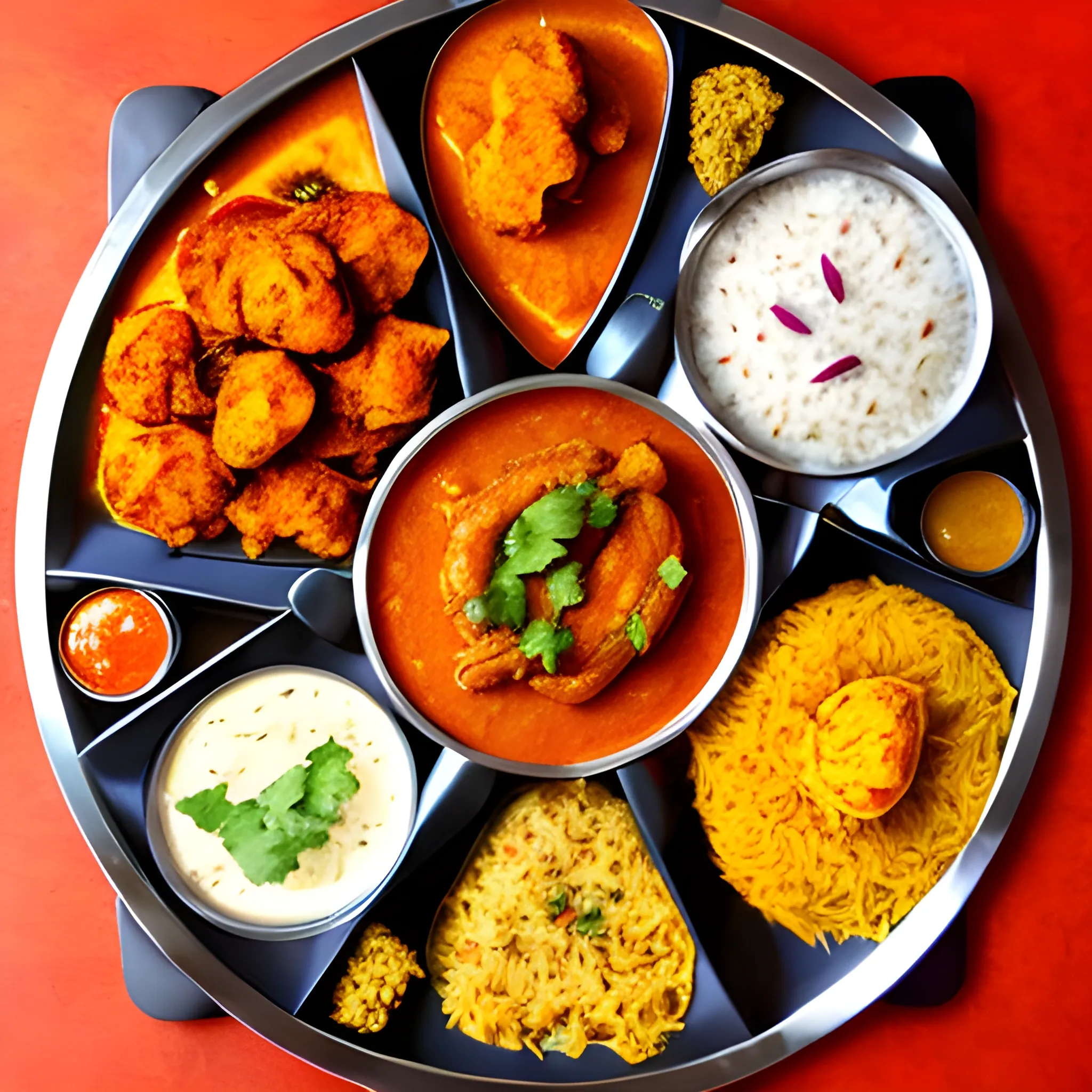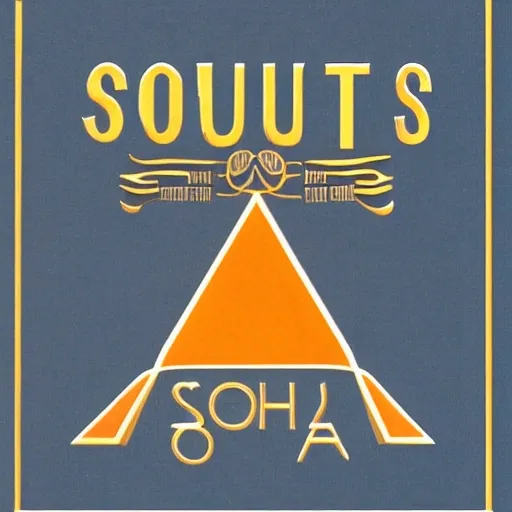AI Image Prompts for Food
Explore AI generated designs, images, art and prompts by top community artists and designers.
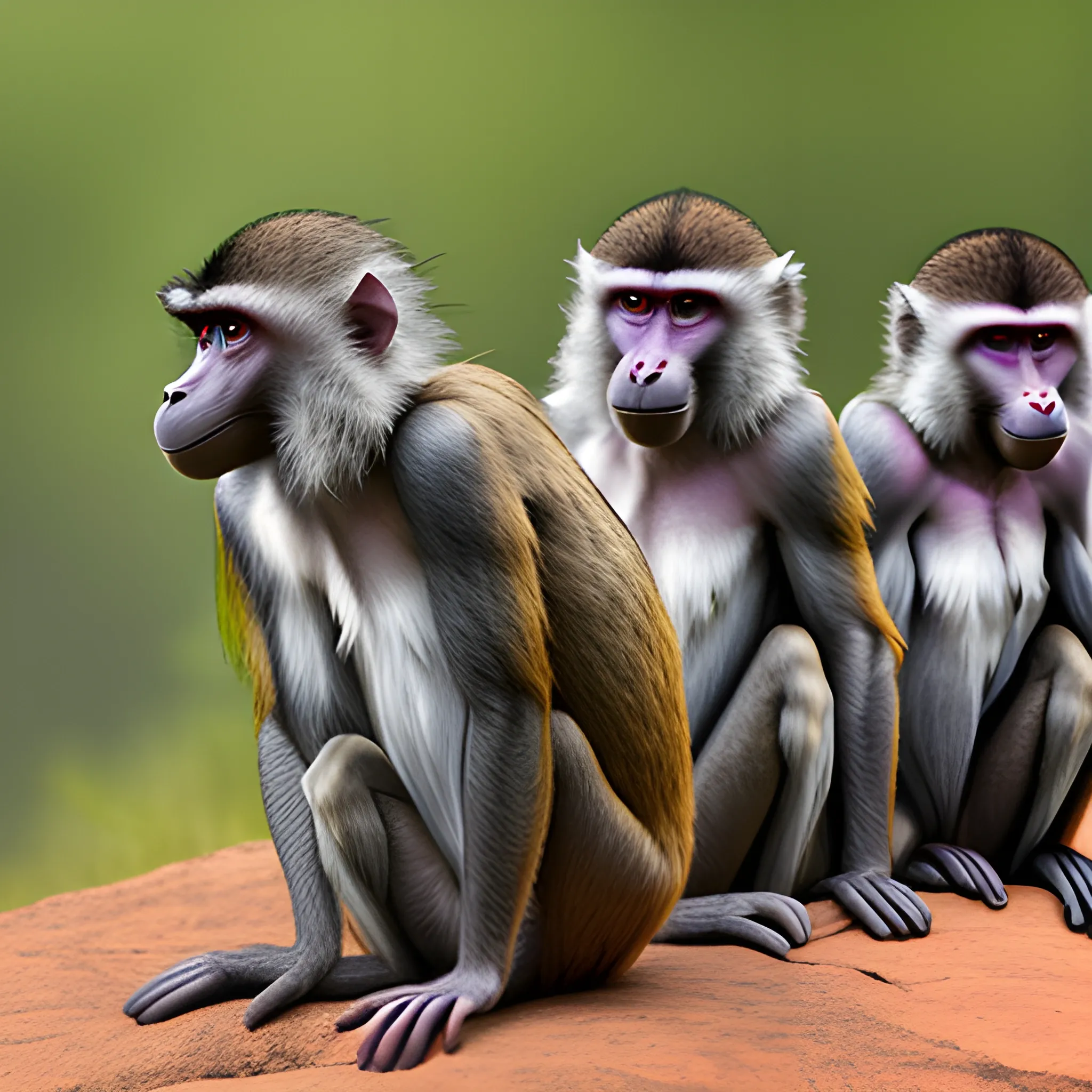
Appearance: The Baboon is a medium-sized primate with a distinctive and charismatic appearance. It has a robust and muscular body , covered in short fur that can range in color from brown to gray or even olive-green. Baboons have a dog-like snout , sharp teeth , and a hairless face with prominent cheek pouches , which they use to store food. They have long arms and powerful legs , allowing them to move quickly and with agility. Features: Baboons are highly social creatures , living in close-knit troops that can consist of a few individuals to larger groups. Their intelligence and adaptability enable them to survive in various environments , from lush jungles to arid savannahs. They are known for their strong social hierarchy and complex communication , using vocalizations , gestures , and facial expressions to convey emotions and intentions. Habitat: Baboons are versatile animals that can thrive in a range of habitats , including forests , grasslands , and mountainous regions. They are often found near water sources , as they require regular access to drinking water. In your DND world , baboons might inhabit areas with lush vegetation or live in proximity to humanoid settlements , scavenging for food scraps. Behavior: Baboons are opportunistic omnivores , with a varied diet that includes fruits , leaves , seeds , insects , and small animals. They are skilled climbers and can use their agility to escape predators or reach high-up food sources. Baboons are known for their playfulness , engaging in social interactions , grooming , and even games with each other. Role in the World: In your DND world , baboons could serve as a part of the natural ecosystem or be associated with certain deities or nature spirits. Druids and rangers might have a special connection with baboons , viewing them as symbols of adaptability and community. Encountering baboons in the wild could present various opportunities for adventurers. They might have non-combat interactions with the primates , such as observing their social behaviors or using animal handling skills to communicate with them. Baboons could also play a role in quests involving local tribes or settlements , where their presence might be considered either beneficial or problematic depending on the circumstances. While not inherently aggressive , baboons can defend themselves and their troop if they feel threatened , making it essential for adventurers to approach them with respect and caution. ,
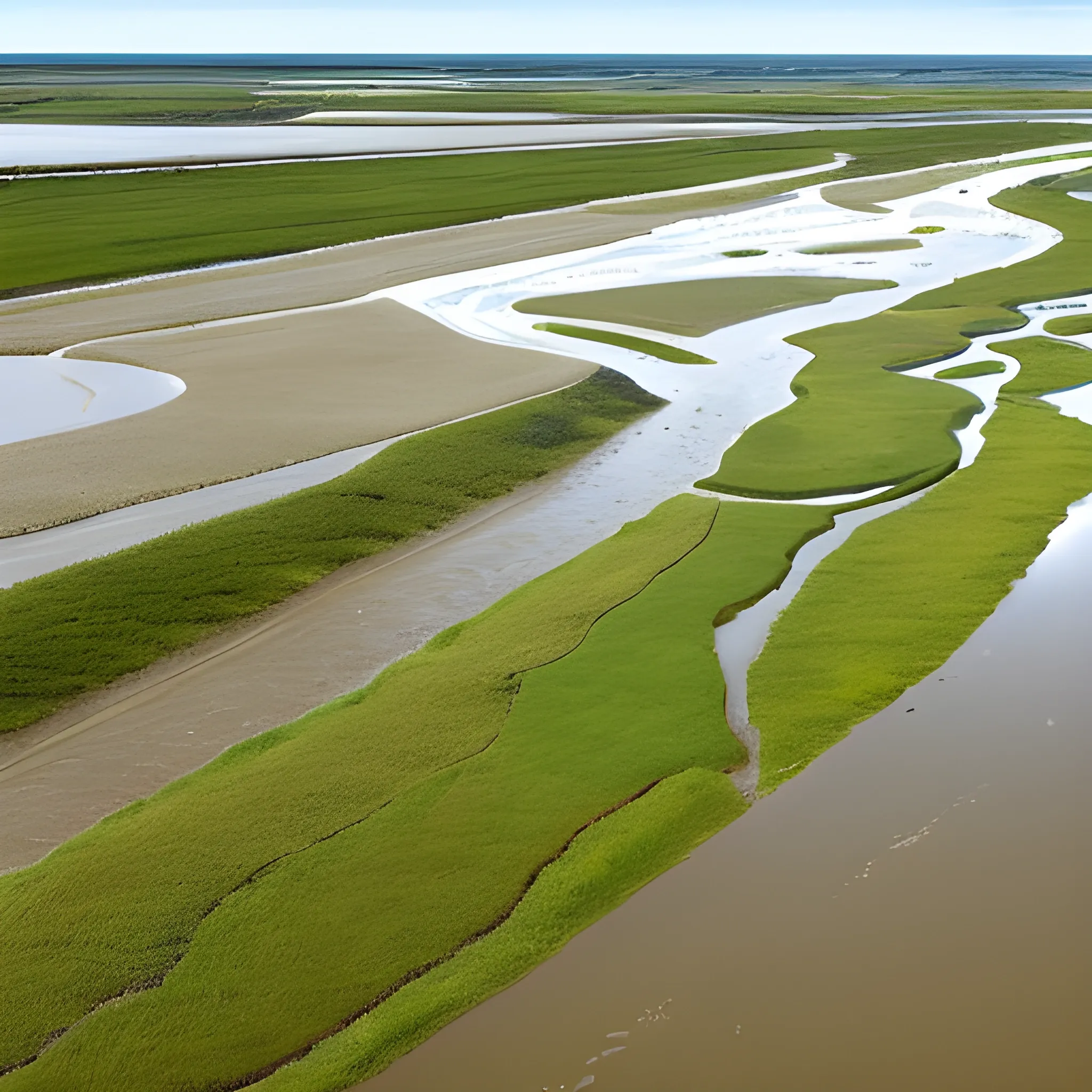
The river landscape along the Scheldt is characterised by floral meadows , transparent lily ponds , rough river dunes and fertile meanders. Since the Scheldt is a tidal river , there are zones in the meanders which are regularly under water: mud flats and salt marshes. The mud flats are flooded during a normal tide and the salt marshes are submerged when the spring tide comes. This creates a habitat that is bursting with food! It's an ideal breeding or sleeping ground for birds such as the bluethroat and sedge warbler. make a realistic beatifull landscape of the scheldt where you can take beautifull walks ,
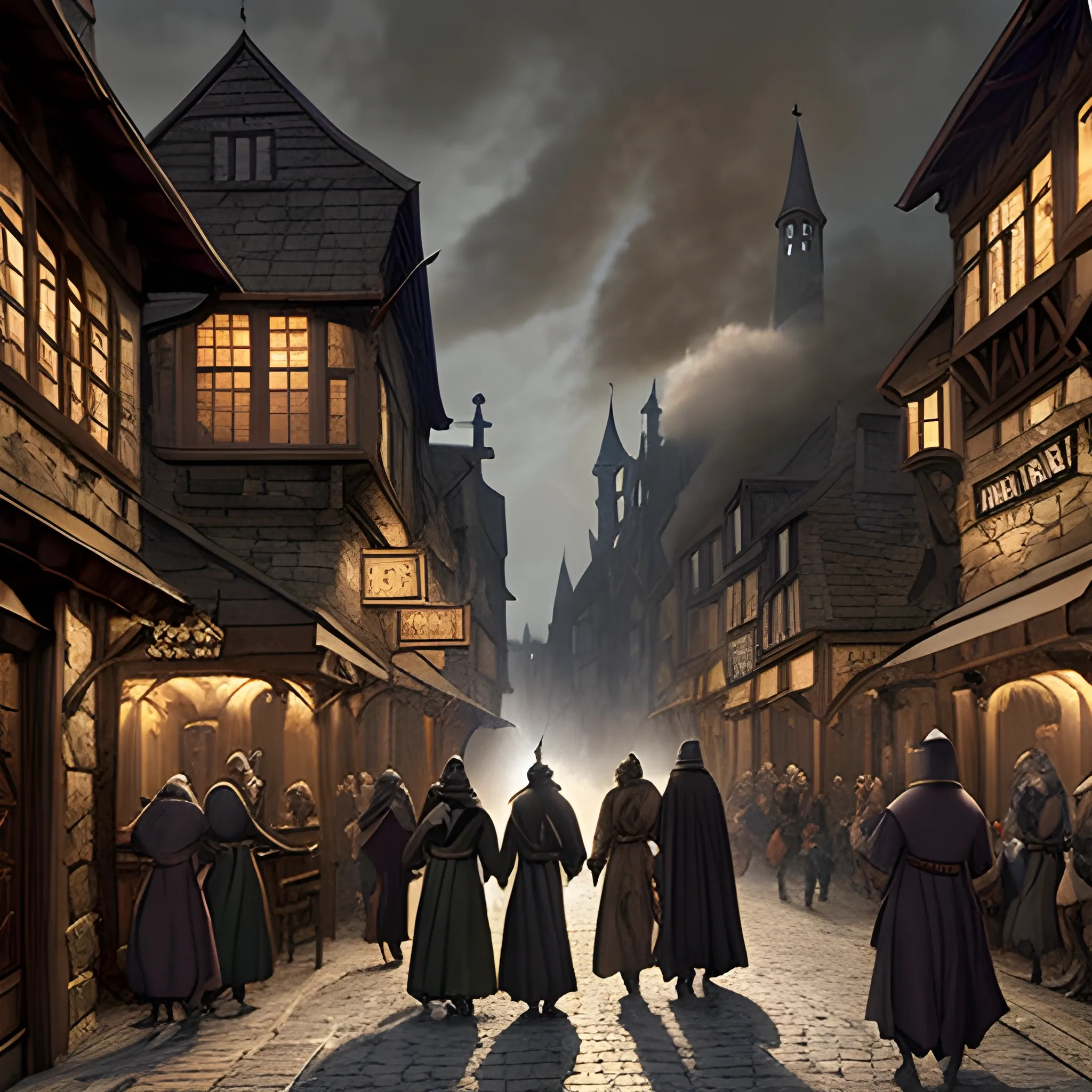
A bustling medieval fantasy city street with crowds of people , atmospheric smoke from forges , and enticing food aromas. Stone buildings and taverns line the cobblestone streets. In the distance , a group of adventurers can be seen walking together , one possibly wearing a dark cultist robe. Style: medieval fantasy , atmospheric , detailed faces ,
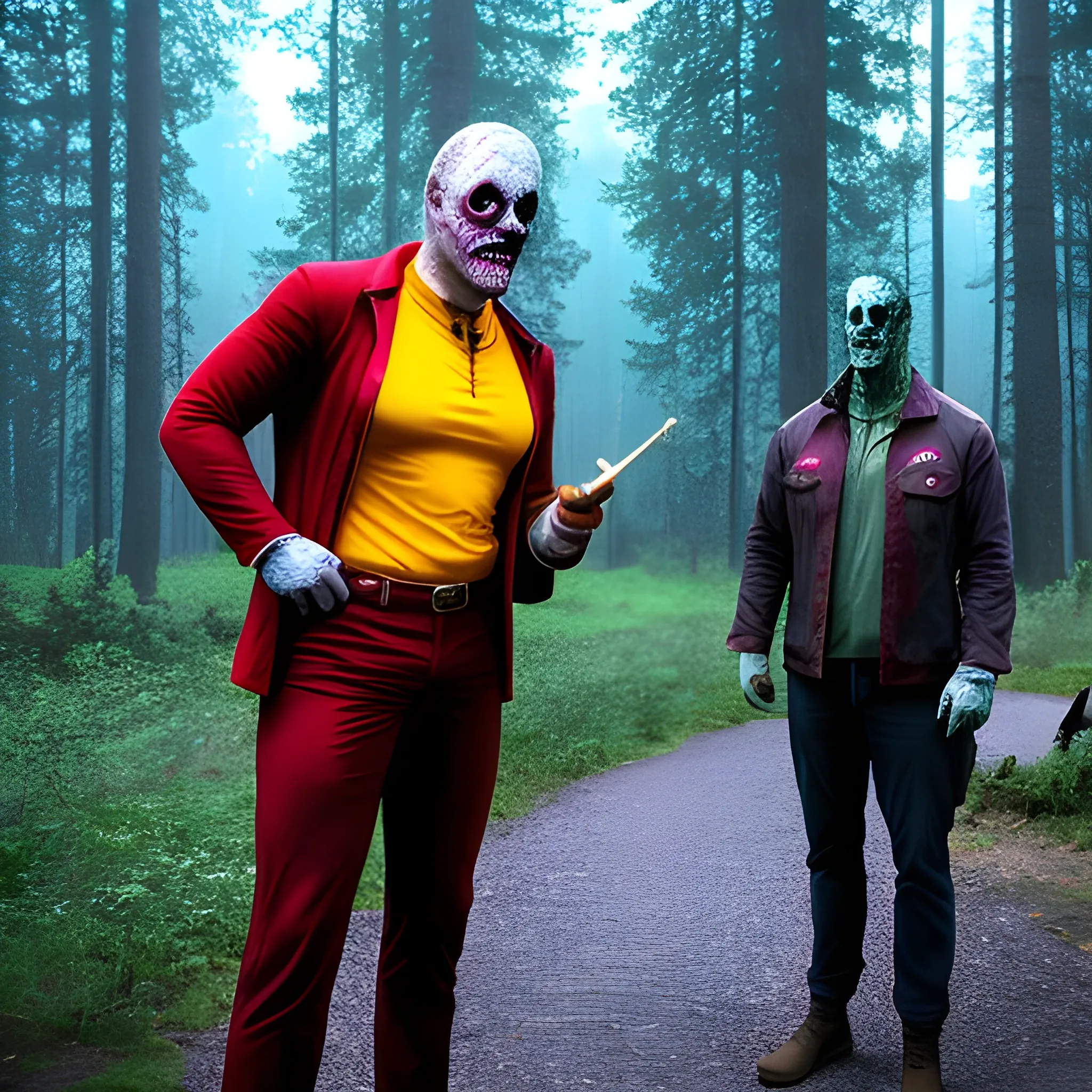
The food isn't great. The counselors are a little strange. And the camp director , Uncle Al , seems sort of demented. Okay , so Billy can handle all that. But then his fellow campers start to disappear. What's going on? Why won't his parents answer his letters? What's lurking out there after dark? Camp Nightmoon is turning into Camp Nightmare. For real. And Billy might be next... , 3D , creepy , Water Color ,

My roommate Zhang Congrui: He only takes a bath once a week. He seldom washes his clothes. He doesn't take off his clothes when he sleeps , so he always smells bad. He likes to eat junk food and takeout , even if it makes him spend a lot more; He did not flush the toilet or wash his hands , which affected the hygiene of the dormitory. He would play games late into the night every day and scream and laugh with extreme excitement , which seriously affected my study and rest. He likes a girl called "Chen Lu" (nickname called aunt) , but there is a girl called Chen Mengyao to him , he refused because of love aunt , but soon aunt fell in love. ,

Generate an image of two men sleeping in dirty , cluttered rooms. The rooms are dimly lit and filled with scattered items such as clothes , food wrappers , and empty bottles. The men are sprawled out on grimy beds or on the floor , deep in sleep. The walls are peeling and there are holes in the ceiling. The overall atmosphere is one of neglect and neglect. ,


Authentic illustration of a desk with tablets , hardware pieces , junkfood , printouts , computer , and holograms , the walls of the room are decorated with posters , windows offering a view to a subway station , cyberpunkt , soft light , highly detailed , intricate , wide angle , by popular artists greg rutkowski and jason felix , trending on artstation , masterpiece , 8k , realistic face , realistic eyes , highest quality , realistic hands ,
